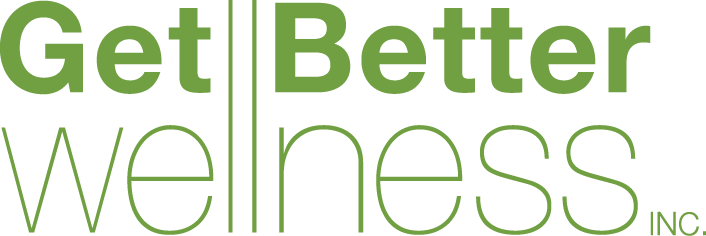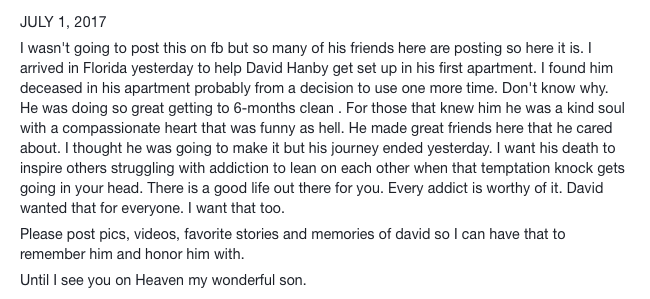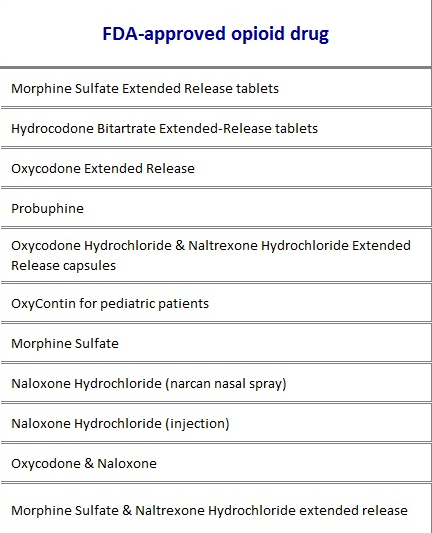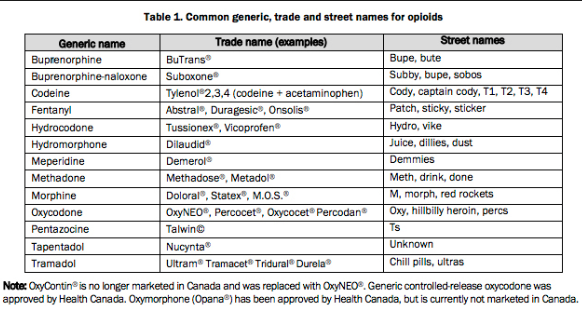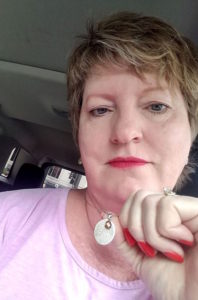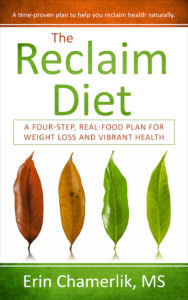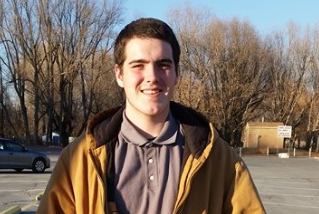
This could be your child
Do you have the “role model” American family?
You sit down to dinner every night, without phones and have conversations.
You go to church and your children are actively involved in life and activities.
David was born November 24, 1993.
He was Debra and Mark’s first born. They had trouble getting pregnant so they were especially joyful when David was born.
David was smart and handsome.
He had a great sense of humor and a heart of gold. Like many boys and young men, David enjoyed sports and was extremely athletic.
He loved basketball, playing on teams during middle school. David did not get into the popularity thing and didn’t want to be a high school jock, so instead of being on the high school team, he often played basketball at lunchtime.
Basketball injury – surgery
Pain medication – addiction
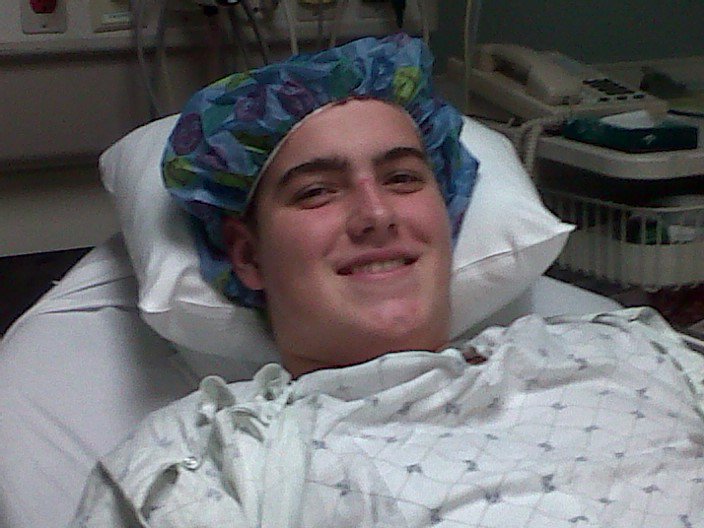
David – July 9, 2011. While playing basketball, David came down wrong, jarred his back, disc ruptured, and he had to have surgery. After surgery, David experienced chronic nerve pain.
David experienced chronic pain after surgery.
David was prescribed Vicodin, an opioid drug, to manage his pain.
After ONE pill he knew it was “game over” – words he wrote in his journal that day.
Vicodin is a prescription painkiller medication that is comprised of two substances:
- Hydrocodone – an opiate drug pain reliever
- Acetaminophen – mild pain reliever
Hydrocodone has brain effects similar to other opiates like morphine and heroin.
For David there was no family history of addiction. He was loved and part of a stable family, but he knew after one pill that he wanted to keep that feeling going.
The medical community prescribes Vicodin, Hydrocodone and other opioid drugs for routine procedures like tooth extraction.
Wrong thinking: We have to eliminate all discomfort.
Debra trusted the doctor’s recommendation to continue with the Vicodin prescription for David. She had no idea that this would turn into a heroin addiction.
She had no idea that her handsome, smart, athletic son would steal computers, jewelry, televisions and even the family lawn mower to support his addiction.
This was not her son, this was the addict.
One in five teenagers in high school has reported trying Vicodin
Debra and Mark sought treatment programs for David. They even took out a personal loan of $40,000 to fund treatment. They had no idea what they were fighting, or that it can take years of residential treatment to be on the other side of this addiction.
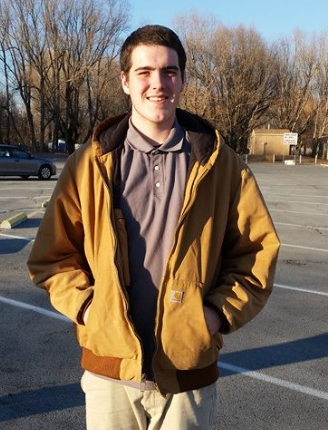
David, January 31, 2015
I remember seeing Debra’s post on Facebook last summer. I didn’t know what was going on in this family’s life – we only see the highlight reels on social media. We have to connect with our friends if we want to really understand what might be going on in their lives.

June 30, 2017 David’s mom Debra posted, “Heading to FL to see David Hanby’s first apartment. Its a good day!”
The next post on Debra’s wall was horrible.
While our friendship had drifted apart over the years, my mama’s heart ached for her and the family. It took a few minutes for me to process her words.
July 1, 2017 Debra’s next post:
These prescription drugs are leading to
175 deaths per day.
The equivalent of a plane crashing every day.
Debra gives this analogy regarding the size of the problem:
Viet Nam War
- We lost 58,200 Americans over 16 years
- We were outraged by it
Opioid Epidemic
- Opioids killed more than 33,000 people in 2015
- We lost 64,000 in 2016
- 40% of all opioid overdose deaths involve a prescription opioid. (CDC)
- Most of us do not really care about the “opioid crisis” because we haven’t taken the time to understand the magnitude of the problem. Do not look away – this crisis is swallowing families – learn about these drugs, be part of the education that needs to happen and be part of the solution.
Prescription painkillers are more widely used than tobacco
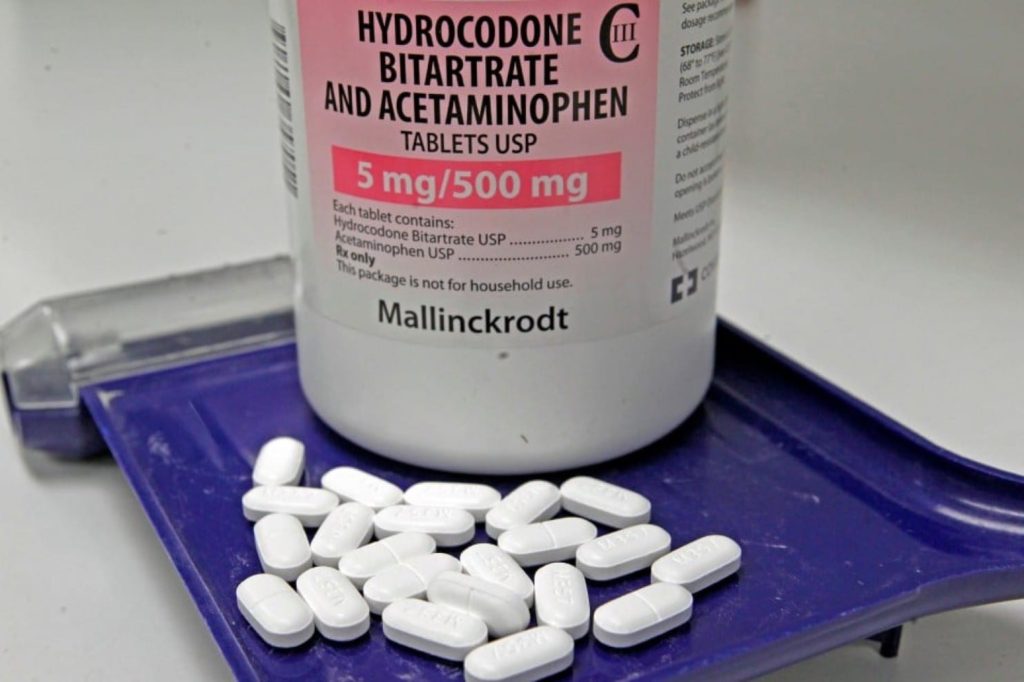
Washington Post: More than 1 in 3 American adults — 35 percent — were given painkiller prescriptions by medical providers last year. The total rate of painkiller use is even higher — 38 percent — when you factor in the number of adults who obtained painkillers for misuse via other means, from friends or relatives, or via drug dealers.
“It’s like cigarettes in the ’50s: We look back at the way people smoked and promoted cigarettes as laughably backwards — magazine ads with doctors saying, ‘Physicians prefer Camels,” Dr. Michael Barnett, assistant professor of health policy and management at Harvard University, said.
“We have the same thing now — Oxycontin ads in medical journals where doctors would say, ‘Opioids are good for treating pain. They don’t have addictive potential.’ It’s possible 20 years from now, we’re going to look back and say, ‘I cannot believe we promoted these dangerous, addictive medications that are only marginally more effective.” (statnews.com)
Have you or your child been prescribed opioid drugs:
CNN reported that doctors are bribed to prescribe opioid drugs
Doctors are over prescribing these dangerous drugs. A study published in American Journal of Public Health found that 1 in 12 doctors has received money from Big Pharma for prescribing drugs. $46,158,388 has been paid out to doctors by opioid pharmaceutical companies.
Carey Ballou was prescribed an opioid called Subsys for abdominal pain from Crohn’s disease. Subsys is a very powerful form of fentanyl. Fentanyl overdose may be responsible for the accidental death of singer-songwriter Prince in April 2016. Why was this powerful opioid drug prescribed for Crohn’s disease?
Ballou told CNN that “she trusted her doctor and figured that if he was prescribing opioids, it must be because they were the best option for her pain. Then she learned that opioid manufacturers paid her doctor more than a million dollars over two years.” Ballou and other patients have filed lawsuits against the doctor, Steven Simon.
Listen to Debra’s story here
Debra is interviewed by T.J. O’Hara, Principal Political Analyst for IVN.
In this show the two discuss the David Hanby’s story.
Debra breaks down the spectrum
- how heroin addiction is a chronic brain disease with misplaced stigma
- how the opioid crisis came into being
- how recovery programs and insurance plans are currently unable to help addicts fully and completely recover
- solutions
- treatment
- recovery
Learn to Love an Addict: Breakdown the Opioid Crisis with an Addict’s Mother [Podcast]
If you have a story to share, please contact Erin.
Recommended
-
Dandelion for Liver Support and Health BenefitsJuly 20th, 2024
-
Modified Citrus PectinJuly 11th, 2024
-
Bentonite Clay Mask for Face and ArmpitsJuly 8th, 2024
-
Two Supplements for Erectile DysfunctionJune 30th, 2024
